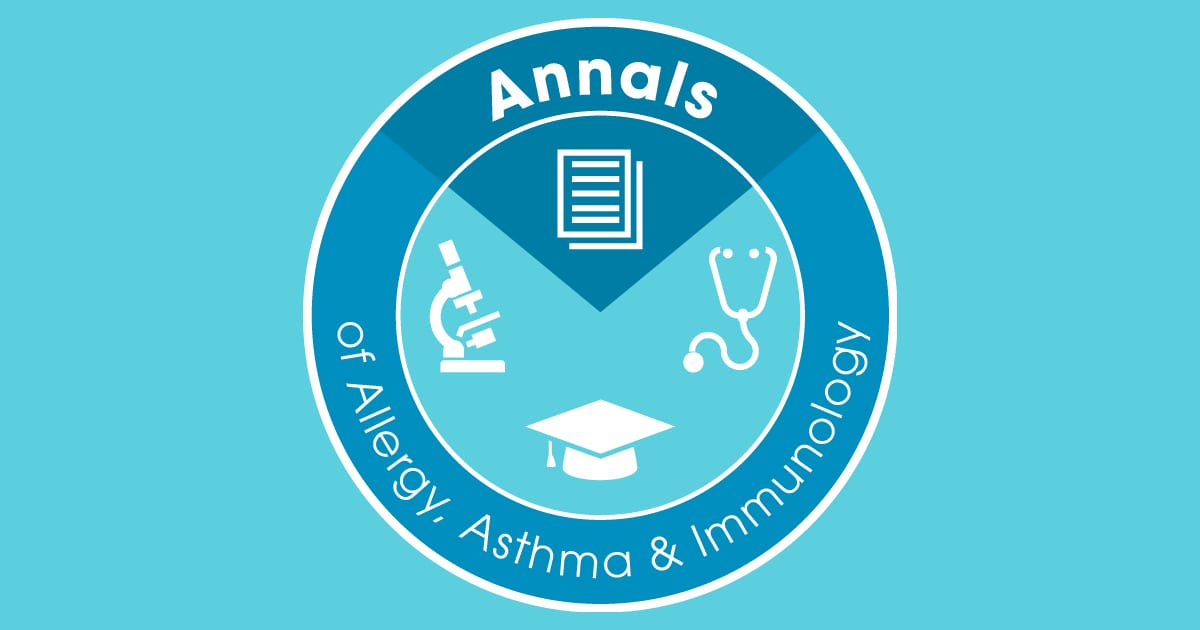Well, March is here, and spring is about to… well, spring! We’ve heard much about food allergy, but many of those papers are focused on children. This month’s Annals of Allergy, Asthma & Immunology is focused on understanding food allergy in the adult population. Our CME Review discusses the epidemiology of food allergy in adults and provides a great overview to this important aspect of food allergy. A probing perspective asks whether we are missing food-protein-induced enterocolitis syndrome (FPIES) in adults. While not really a food allergy, we also have a review article on cannabis allergy – something you may want to read while eating some munchies!
Important publications in this month’s Annals include two Yardstick guidelines. The first provides guidance on the use of dupilumab in eosinophilic esophagitis (EoE), while the second discusses the management of cough in adolescents and adults. These are two important papers that I encourage all clinicians to read, as they provide crucial guidance in how to deliver the best possible care to your patients who suffer from EoE or cough, respectively. Also included in this month’s issue are the results of an ACAAI-sponsored survey and roundtable that provides proposed solutions to address racial disparities in food allergy and atopic dermatitis.
This month you can test your clinical knowledge on a challenging case – worsening hypereosinophilia in a patient on dupilumab. See whether you would make the same diagnostic and therapeutic choices as the authors did.
There are also several important research articles in this month’s Annals. Some asthma-related articles include examining the effect of dupilumab on sleep and activity in steroid-dependent asthma patients, development of a model to predict when to stop biologics in asthma, and characterization of an asthma bronchiectasis phenotype. Research related to food allergy includes studies of the role of fermented dairy products in preventing milk allergy, determining what predicts the need for at-home epinephrine administration during oral immunotherapy, and anaphylaxis to pickled chili peppers. Learn about the role of galectin-10 in predicting olfactory loss in chronic rhinosinusitis, how SARS-CoV-2 vaccination alters the serum proteome in atopic dermatitis, and the impact of applied force and skin testing device design on skin prick performance.
These are only some of the outstanding items in this month’s Annals. So, while you get ready to enjoy a pleasant spring day, be sure to read this issue — it will increase your knowledge and improve the care you provide to your patients. And, as always, if you have any comments, please consider sending a correspondence to Annals (email us at annals@ACAAI.org). I am always excited to hear how Annals has helped you improve the lives of your patients!
Mitchell Grayson, MD, FACAAI
Editor-in-Chief



